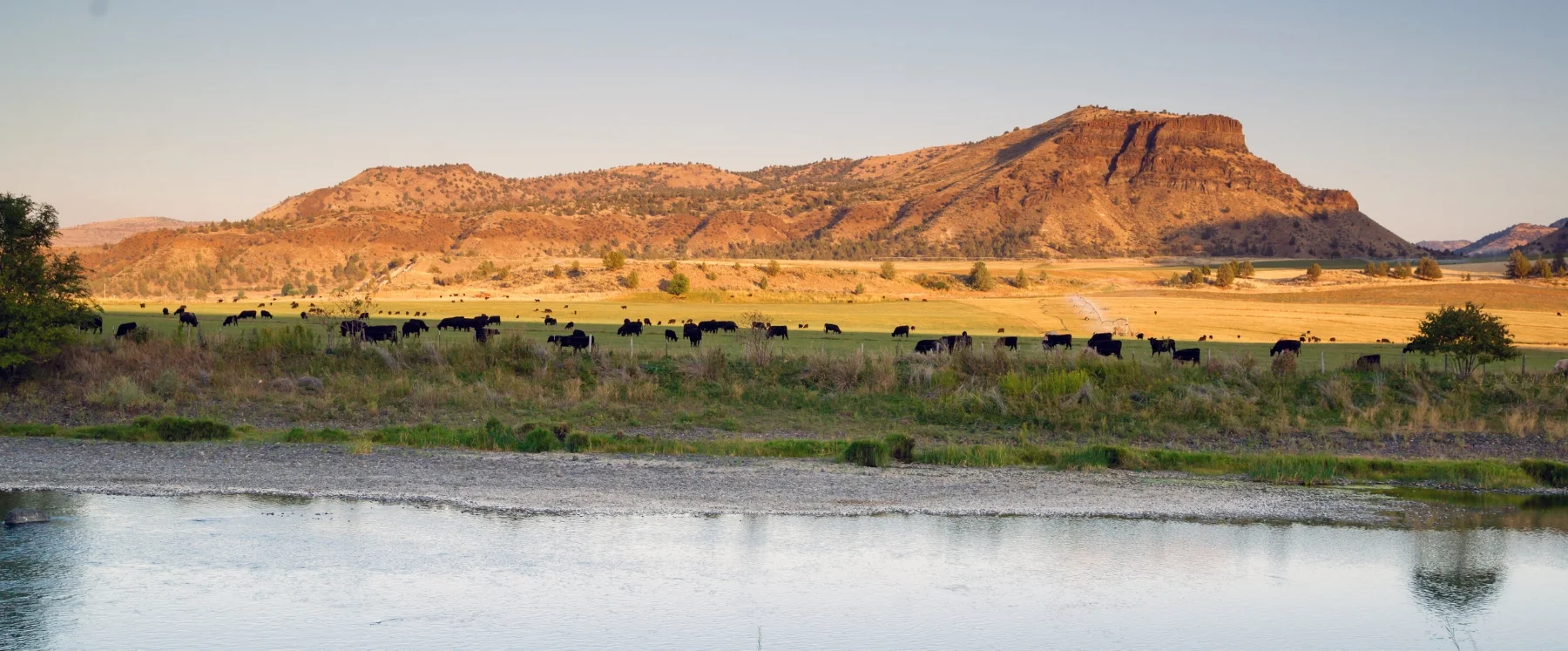Part 2 of our Succession Planning Series
Held in Santa Fe earlier in this year, the Western Landowners Alliance Legacy on the Land event featured presentations by Dean Cross of Los Alamos National Bank and Rye Austin, who works for the Malone Family Land Preservation Foundation, regarding private operating foundations as a means of land succession planning.
According to Cross, succession planning is the combination of estate planning, philosophy, leadership, management, and feasibility. Most often, estate planning refers more specifically to the transfer of property to desired beneficiaries.
STRUCTURE
A private operating foundation is a legal entity structure in which the foundation spends 85 percent of the lesser of its adjusted net income or minimum investment return directly for its exempt activities. This is the core requirement for the classification of an operating foundation. The IRS requires that a private operating foundation also meet one of the following requirements:
- qualified distributions directly for active conduct of exempt act;
- 65 percent of assets devoted to exempt activity or related business; and, a
- support requirement.
Instead of granting money like a private foundation, private operating foundations engage in activities that serve as non-cash donations to charitable organizations and other groups.
In a private operating foundation, family members participate in governance and management as trustees or directors. They help establish and enforce the charitable goals, which serve scientific, religious, or educational purposes under IRC 501 c3 (exempt activities) of the private operating foundation.
The IRS also requires that private operating foundations set the mission of the foundation. Austin suggested establishing goals narrow enough for IRS, but broad enough in scope to accomplish goals and allow for future flexibility and growth.
WHY A PRIVATE OPERATING FOUNDATION?
Ideally, operating foundations provide a formal means for families to honor their legacy, leverage a family's investment, engage in transition planning for the future, and adhere to a specific operational plan. When land is owned and managed in a private operating foundation, the property, ownership, and land management programs and operations are aligned by a philanthropic mission.
The structure of a private operating foundation provides additional benefits. It invites others to contribute in the charitable efforts of the family on the property through financial contributions. Contributors, often viewed as investors, are eligible for tax benefits. On a similar note, owning a property as a private operating foundation provides a way for landowners and land managers to engage directly and regularly with the community the landowner serves.
Financially, the legal structure of a private operating foundation provides landowners an income tax charitable deduction. If the land is contributed to an operating foundation, the landowners can also realize an estate tax charitable deduction. It is advisable to consult a tax accountant to quantify the particular charitable deductions one would be eligible to receive.
EXAMPLe: Malone Family Land Preservation Foundation
The Malone Family Land Preservation Foundation transferred from private foundation to private operating foundation. Though more management intensive, it was determined to be a better fit due to the values and goals of the Malone family.
The main goal of the Malone Family Land Preservation Foundation is keeping the land open and operating. The research initiatives that serve this goal make grazing a charitable activity. As an operating foundation, the organization finds ways beyond cash donations to donate to 501 c3s. One way they donate is by creating strategic partnerships that allow charitable organizations to use the property to achieve their goals. These joint projects provide the certainty of long term funding for the projects of research partners.
The Malone Family Land Preservation Foundation partners with the NRCS to conduct research and monitoring. In addition, the foundation works with local communities to promote the vitality of the local economies near their properties. Approximately, 50 percent of Malone's land holdings are in Wyoming, New Mexico, and Colorado.
Challenges OF private operating foundations
One of the challenges of private operating foundations shared by the presenters is protecting the original donor’s intent. Over generations, there is a risk of disconnect from what the owners who originally donated the property to the operating foundation intended. From experience with the Malone Family Land Preservation Foundation, Austin suggested that videos of interviews with the founders of a private operating foundation help protect the original donor's intent.
Compliance, which is management intensive, is another challenge specific to private operating foundations. One such compliance issue is the aspect of self dealing. There are ways to operate and meet the requirements including complying with employment agreements, paying reasonable salaries, and establishing and maintaining a board of governance.
Though there are challenges, private operating foundations create a way for families to engage their communities, achieve their philanthropic goals, honor their legacy, and direct the future uses, management, and stewardship of the land.
At the end of the day, land succession planning is about the philosophy of the folks that steward the land and the engagement of those that use and enjoy the land. Operating foundations are one way to plan for and manage land succession for generations.
“Without people, land conservation doesn’t mean a whole lot.” - Rye Austin

